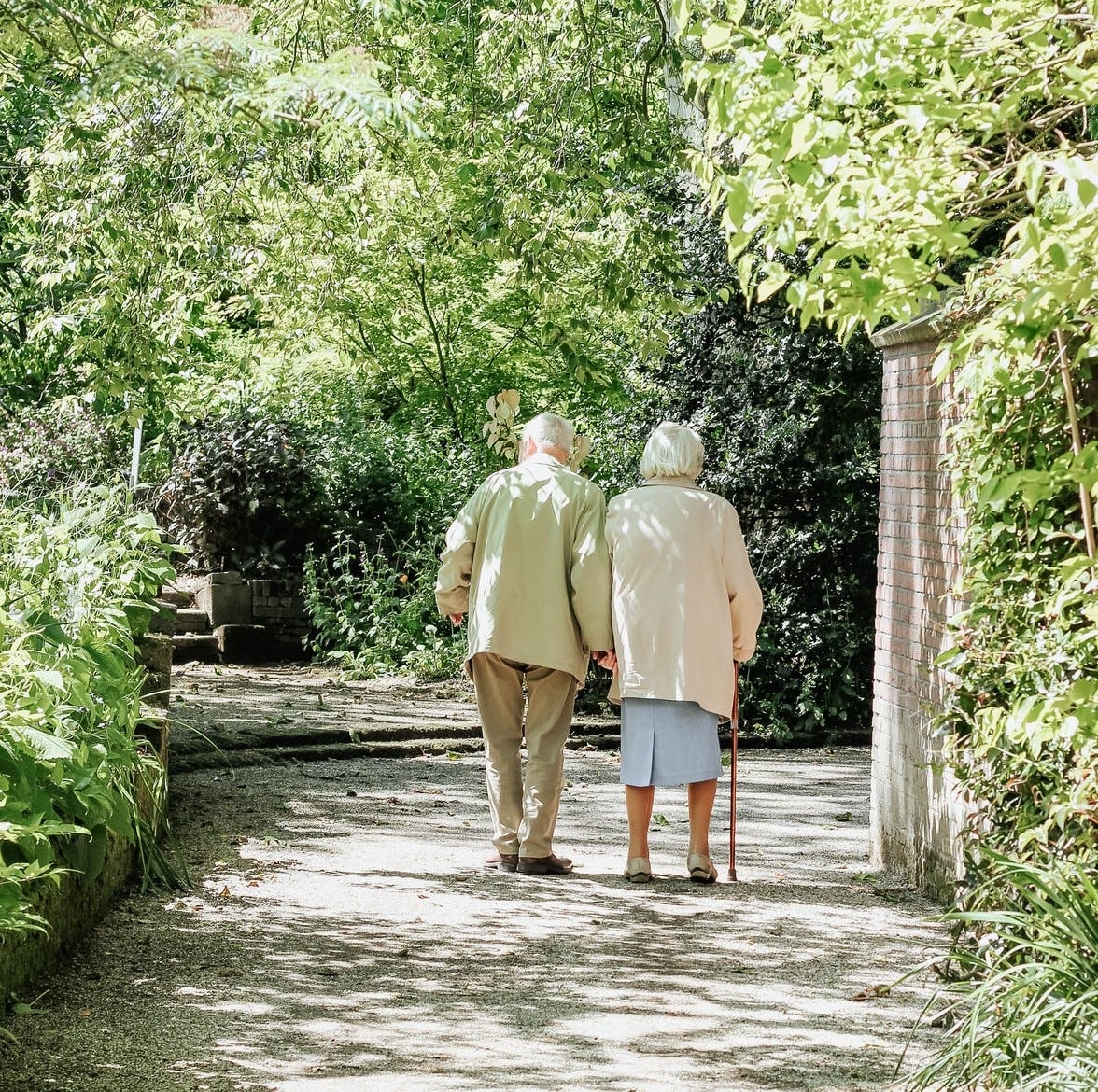Photo by Visual Stories || Micheile on Unsplash
Where would you prefer to die? My personal preference is in my own bed, but I can’t help noticing that it rarely turns out that way when friends and relatives shuffle off their mortal coils. At the other extreme, if you’re like most Americans, the absolute last place you want to be caught dead is “in a nursing home.” The words conjure up images of spectral inhabitants, ranging from catatonic to comatose, shuffling down dim hallways smelling of antiseptics.
So let me share some news, which might or might not move nursing home from dead last among your preferred outcomes. Some highly creative minds are at work re-inventing the traditional nursing home, trying to change it from God’s own waiting room to a more humane and home-like environment.
Dr. Bill Thomas, a self-described “nursing home abolitionist,” has revolutionized the nursing home industry twice. In the 1990s, the gerontologist introduced “The Eden Alternative,” which livened up sterile institutions by bringing in fish tanks, bird cages, emotional support pets and green plants. The immediate result: residents felt happier and more autonomous, and medication costs fell dramatically. Hundreds of nursing homes adopted the Eden model. (For perspective, that’s out of more than 16,000 U.S. nursing homes.)
The Green House Model
Thomas’s more recent concept, called the Green House model, replaces the institutional look and feel with a small, intimate setting that is more like a real home and would not look out of place in a residential neighborhood. Ten to twelve private bedrooms open onto a central living and dining room space, where residents gather to eat, talk, and engage. In the ideal, residents and caregivers together function as a small community. Caregivers have fewer residents to attend and can provide more personalized attention.
Thomas’s ideas are championed by a small nonprofit, The Green House Project, which partners with organizations, advocates, and communities to develop “radically non-institutional eldercare environments that empower the lives of people who live and work in them.”
16th Century Progressivism
Another interesting approach to caring for elders comes from Europe and predates today’s nursing home model by at least four centuries. In Bruges, Belgium, where many streets and houses from the Middle Ages remain intact, residential neighborhoods include dozens of inner-block residential courts known as godshuizen (God’s houses), which were built to house the elderly, widows, and others in need. Up to two dozen small houses flank a shared inner courtyard. The houses block out street noise, while the courtyard provides a private, serene, and safe place for residents to enjoy the outdoors. Yet, because they are in the midst of the city, the residents are just a few steps from neighborhood shops and amenities.
What a contrast from the American nursing home, whose objectives seem to be to segregate, protect, and isolate the old from the rhythms of daily living.
The Baltimore area has dozens of small nursing homes and assisted living facilities, but none are listed as members of the Green House movement. (Baltimore has no godshuizen, either.) But as we Baby Boomers progress from our active, vigorous elder selves to greater frailty and dependence, the health care industry will feel the pressure to adapt new ideas about where and how we spend our final years.
Personally, I’m hoping to see something like Woodstock (but with the clothes, please!), since I missed it the first time around. I also envision a nurse approaching and saying, “Mr. Akchin, it’s time for your daily Van Morrison.”





Great article. Loved those last two sentences! 😊
Great article. There was an attempt to replicate the Green model in Baltimore. GEDCO tried the model at Stadium Place. Then I heard it was discontinued. I think the financial aspects didn't pencil out.